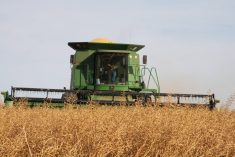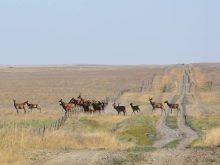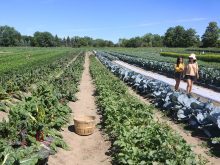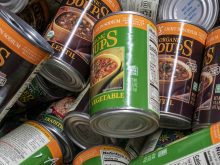Not long ago, corporations would issue straightforward financial reports with data on things like earnings growth and return on assets.
Then, an analyst from Wall Street or Bay Street would go through the financials and give the company a thumbs up, or thumbs down, on its performance.
That simplistic approach to corporate reporting is long gone.
Now, corporations have to provide reams of data on how they’re reducing greenhouse gas emissions, cutting water use, and making their boards of directors more diverse.
Read Also
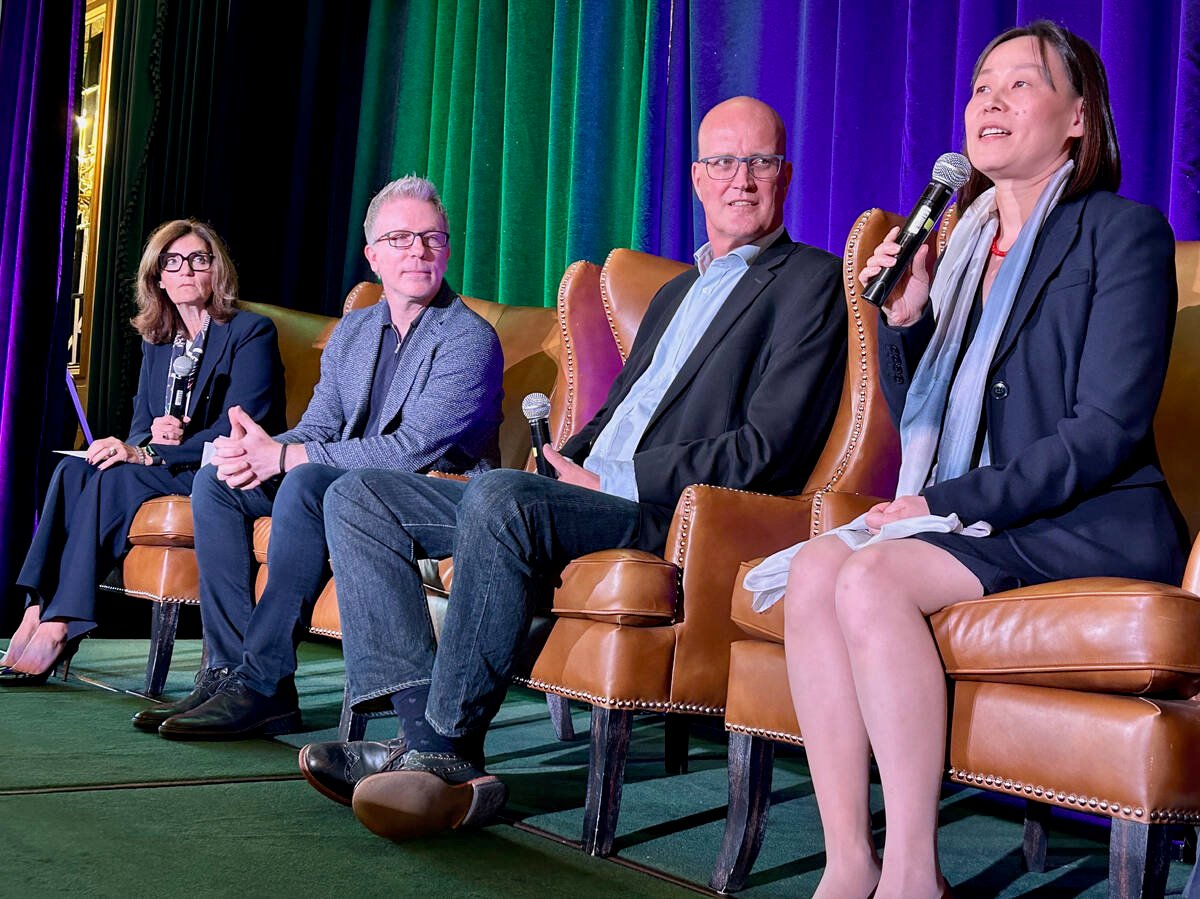
New program aims to support plant-based exports to Asia
Understanding the preferences of consumers in Taiwan and how they differ from Indonesia or Malaysia isn’t easy for a small company in Saskatchewan.
They have to do it because agencies are rating the companies’ performance on environmental, social and governance (ESG).
“All these groups have their own score cards. They rate us and they all claim they represent X trillion dollars of investors. And if you don’t do this, our investors aren’t going to invest in you,” said Tim Faveri, vice-president of sustainability and shared value with Maple Leaf Foods.
“So, corporates like us are being bombarded by all these requests to do things. This is one driver for corporate Canada and corporate America to get on this journey of sustainability and transparent disclosure.”
KPMG, a global accounting firm, says there are 30 “significant” ESG rating agencies around the world, but the total number of groups is likely much larger.
Faveri, who ran the sustainability programs at Tim Hortons before joining Maple Leaf, said there are ESG raters that look specifically at greenhouse gas emissions.
Others focus on animal welfare and some evaluate adoption of clean technology.
“I can probably name a dozen of them that send us their reports…. I’ll call it a rise, or amplification, of ESG in the marketplace,” he said from Toronto. “There’s probably going to be a sustainable, regenerative-ag rating in the next couple of years.”
Faveri’s responsibility, in part, is to ensure that Maple Leaf Foods is getting favourable ESG ratings and it seems like he’s doing a decent job.
In November, the Coller FAIRR Protein Producer Index, which describes itself as a network of investors address ESG issues in protein supply chains, ranked Maple Leaf as the number two company in its global ratings.
Such ratings do matter because market analysts and investors look at them when they evaluate corporate performance. But Maple Leaf doesn’t exist to satisfy ESG agencies.
When he was with Tim Hortons, the restaurant chain did have sustainability programs and goals for corporate social responsibility. But it wasn’t core to the business.
“The business strategy at Timmy’s was (to) build as many restaurants as possible.”
With Maple Leaf Foods, its vision of being the most sustainable protein company on Earth is the company’s strategy.
“We built sustainability into the business strategy, using shared value,” Faveri said. “What shared valued does… is make your business really competitive and profitable by focusing your business on addressing social and environmental issues.”
Put a different way, shared value is pursuing financial success in a way that also yields societal benefits, says the Harvard Business Review.
In 2014, Maple Leaf Foods began selling divisions that weren’t core to its business, like Canada Bread, so it could focus on protein.
While working on its strategy and how to grow the business, Maple Leaf decided it needed to address the needs of all its stakeholders, including its customers, the public and shareholders.
“Our world faces enormous social and environmental issues, and the sustainability of our food system is at the centre of many of these challenges,” company president Michael McCain said in 2017. “We believe addressing these critical issues will catalyze tremendous value for society and growth for our company.”
One of those critical issues is climate change. In November 2019, Maple Leaf announced it was the first food company in the world to become carbon neutral, by cutting GHG emissions and investing in environmental projects.
It also reports, in great detail, on those projects.
Its website lists its environmental investments, including things like the St. Leon wind turbines in southern Manitoba.
Maple Leaf reports on all of its sustainability projects, from GHG emissions to raising sows in open housing systems, because that’s what modern corporations do.
“You go to our website (and) you can see our sustainability pages… and there are over 100 metrics there, around governance… around environmental practices,” Faveri said. “Those (reports) are typically for the analysts. The general consumer doesn’t download that (data). These investor analysts download it and when we track downloads from our website, that’s pretty much the number one (thing).”
Reporting on sustainability is critical in the age of ESG oversight, but so is delivering on changing desires. Consumers under the age of 40 want to eat foods that come with certain attributes, like local or sustainable or made from plants.
That’s why Maple Leaf is building a plant-based protein facility in Indiana, at a cost of $300 million. And this summer it launched a new product line, made with 50 percent meat and 50 percent plant protein.
The shift toward a more sustainable food system is still in the early stages and there are opportunities for Canadian farmers, Faveri said.
Massive companies like Microsoft and Unilever have committed to becoming carbon neutral. They will want to purchase carbon offsets, possibly from Canadian farmers who practise zero tillage, use cover crops and improve soil health.
But Faveri worries the United States could get there first. President-elect Joe Biden has talked about programs and incentives, encouraging farmers to follow practices that sequester carbon in the soil.
When America gets behind something, it will happen, Faveri said.
“With a new administration in the U.S. it’s going to explode. I guarantee it.”







